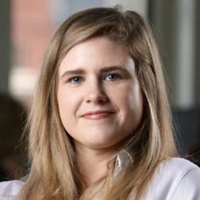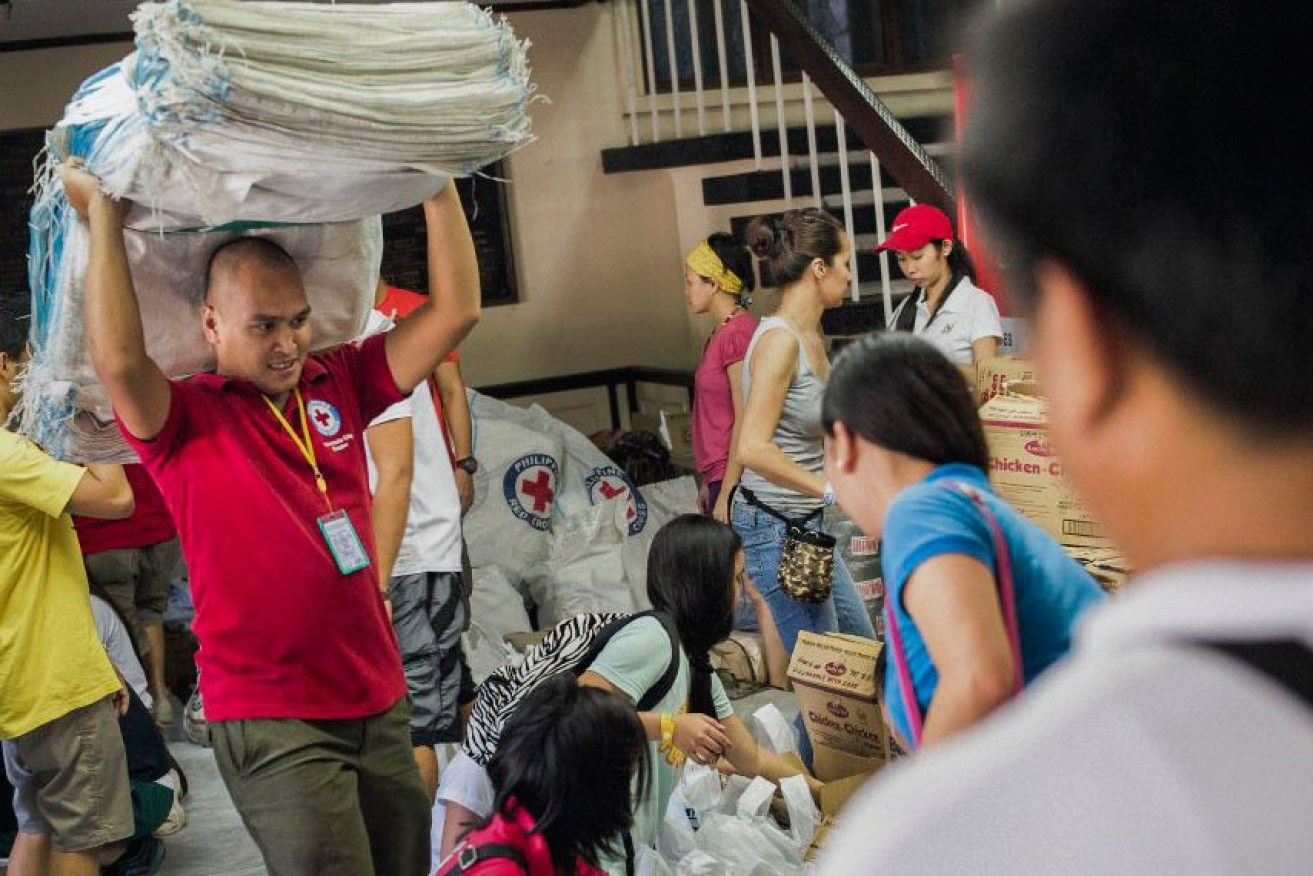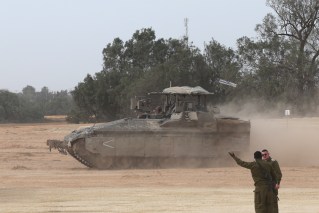Typhoon Haiyan donations: How will your money be spent?


Getty
• Australian aid to Philippines ‘about mateship’: Abbott
• Red Cross seeks millions in wake of Typhoon Haiyan
Australians love to help out in a crisis. Whether it’s bushfires, devastating waves or a heart-rending humanitarian crisis, Australians rarely shy away from digging in deep when our fellow neighbours, local or international, need assistance.
As the world rallies to support the Philippines, Australians are again playing their part. Individuals, aid organisations and the federal government have all swung into action to help the people of cities like Tacloban, which was devastated by Typhoon Haiyan. Aid organisations fear the death toll will surpass 10,000.
Out of the $10 million pledged by the Australian Government, $3 million will go to non-government organisations, $4 million to the United Nations appeal and $1 million to medical assistance.
Professor John Langmore, former director of the UN Division for Social Policy and Development in New York, said Australians were among the most generous people when it came to donating to relief efforts.
“Australians in general are very generous — we totalled well over $300 miilion in donations for the [Indonesian] tsunami,” he said.
Mr Langmore said in the case of the Philippines, it was only one region of a country that was “totally devastated” but that shouldn’t stop people from “contributing to this disaster.”
Yet, how often do we consider exactly where the money we donate goes? And how trustworthy are the charities to which we donate?
Many Australian charities helping out with the Typhoon Haiyan relief effort are members of the Australian Council for International Development (ACFID), the peak body for international aid organisations and NGOs in Australia.
Upon signing up, charities such as World Vision Australia, UNHCR, Australian Red Cross, CARE Australia and many more pledge to abide by the code of ethics enforced by the ACFID to ensure transparency and honesty of conduct.
Joy Kyriacou, spokeswoman for ACFID, said there were more than 150 guidelines to which member organisations adhered, and that all charities were “required to be honest about how they are spending their money”. If, for some reason, they broke one of the ethical codes, they could be subject to disciplinary action.
One of the guidelines required member groups to clearly display on their websites a section showing where their funds go. For example, World Vision Australia has a clear breakdown of its donations, showing that about 80 per cent of funding goes directly to supporting people and carrying out programs that benefit children and their communities. The remaining 20 per cent is divided between fundraising (11.5 per cent) and administration (9.7 per cent).
Similarly, UNICEF Australia spends 68 per cent on children’s programs, 25 per cent on fundraising costs, and 5 per cent on administration. In an emergency, however, UNICEF guarantees at least 90 per cent of each donated goes to the field.
It was also important to remember that a relief effort is not just about immediate results. Tim O’Connor, spokesman for UNICEF Australia, said that while the charity was focused on ensuring children get access to their basic rights, the early days after a disaster were dedicated to saving lives.
“At the moment, we need to supply medical support and clean water to affected people, many of who are displaced on remote areas and small islands that we can’t access,” he explains, but the organisation is working to reach those areas. UNICEF estimates that 659,000 people are currently displaced.
When speaking to The New Daily from the Philippines, World Vision’s media and communications manager Gjeff Lamigo said the situation was getting worse, as more deaths were being reported.
Lack of access continued to pose a major problem, with aid workers having to travel more than five hours to remote areas where the typhoon had “hit the hardest”.
Mr Lamigo said while goods such as canned food, rice, sleeping materials, mosquito nets and maps were being prepared, they could not easily be transported to the people in need. “For now, there is not enough food in the area. People are complaining they haven’t eaten, but we’re trying to identify those people who should be given the food first.”
Even after the immediate crisis passes, donations will need to keep flowing in to help build shelter and establish programs to help people rebuild their lives. At this point, “needs areas” such as education, nutrition, protection and water sanitation and hygiene (WASH) get broken into clusters and assigned to various organisations.
Oxfam Australia’s CEO, Dr Helen Szoke, said the $10 million committed to the relief effort was an “initial contribution”, and that, after a “clearer assessment of the humanitarian needs on the ground,” more should be allocated.
“Substantial assistance will be needed in the longer term to address massive damage to infrastructure and the economy and help people who have lost everything to rebuild their lives. Programming should also target vulnerable groups such as the elderly and people living with disabilities,” she said.
Professor Langmore said the United Nations would be centrally involved in coordinating aid agencies, as the organisation “often takes central managerial responsibility for a catastrophe as serious as this one”.
“The UN system now has a well-established structure in helping organisations take particular responsibilities for particular aspects of the relief movement,” he said.






